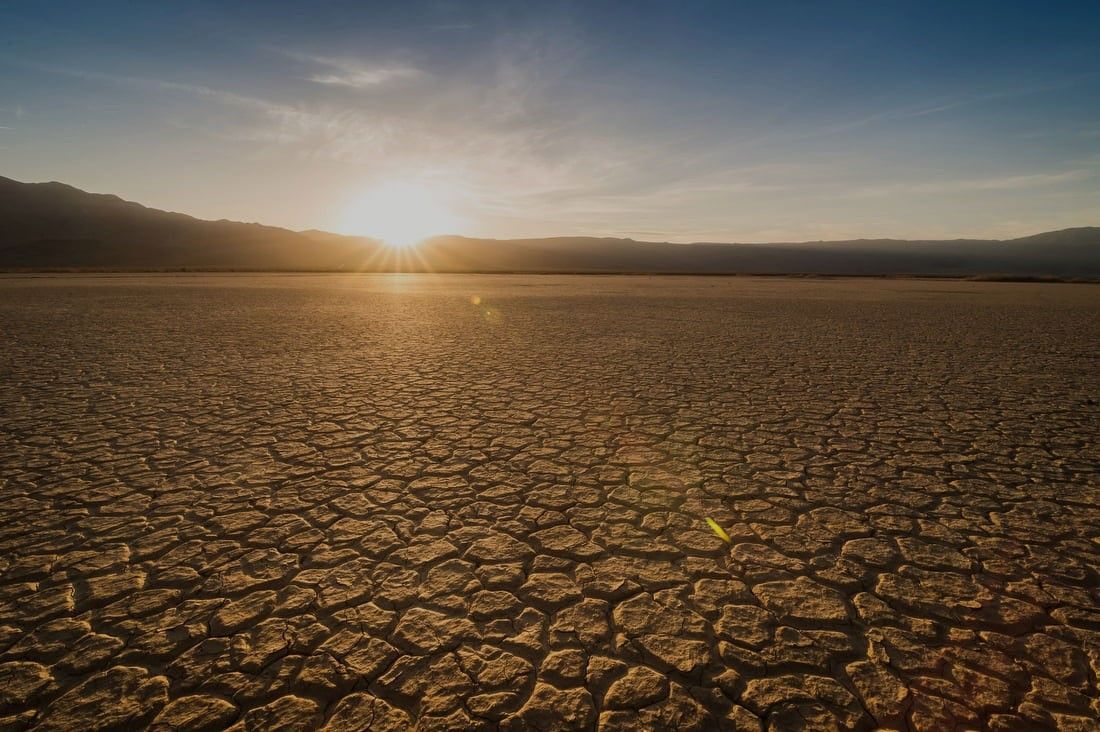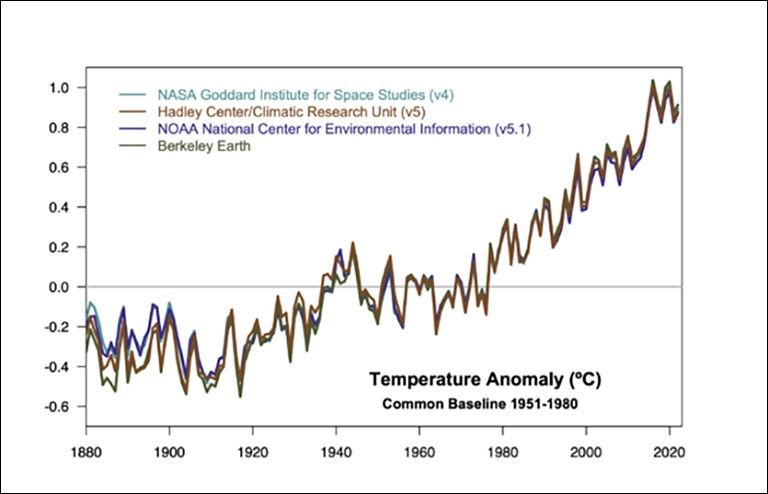Carbon dioxide (CO2) absorbs and re-emits infrared (IR) radiation, which is a key factor in the greenhouse effect and climate change. This absorption occurs because the vibrational modes of the CO2 molecule can be excited by the energy of infrared photons, causing the molecule to vibrate and re-emit the energy, some of which returns to Earth's surface as heat.
Here's a more detailed explanation:
Infrared Absorption:
CO2 molecules, unlike the major atmospheric gases like nitrogen and oxygen, have a molecular structure that allows them to absorb infrared radiation. Specifically, the bonds within the CO2 molecule can vibrate in ways that match the energy of infrared photons, leading to absorption.
Re-emission:
When a CO2 molecule absorbs infrared radiation, it becomes energized and starts to vibrate more intensely. This energized state is unstable, and the molecule will eventually release the absorbed energy by emitting infrared radiation in random directions.
Greenhouse Effect:
Because CO2 molecules re-emit the absorbed infrared radiation in all directions, some of it is directed back towards the Earth's surface, contributing to the warming of the planet. This process is a major component of the greenhouse effect, which helps maintain a habitable temperature on Earth.
Wavelength Specificity:
CO2 doesn't absorb all infrared wavelengths equally. It has specific absorption bands where it is most effective at absorbing infrared radiation. For instance, it strongly absorbs radiation around 15 micrometers.
Impact on Climate:
Because CO2 is a relatively long-lived greenhouse gas, its increasing concentration in the atmosphere due to human activities is a significant factor in the observed warming trend. While other factors also play a role, the increased absorption and re-emission of infrared radiation by CO2 is a crucial part of understanding climate change.
 www.facebook.com
www.facebook.com
 www.facebook.com
www.facebook.com










